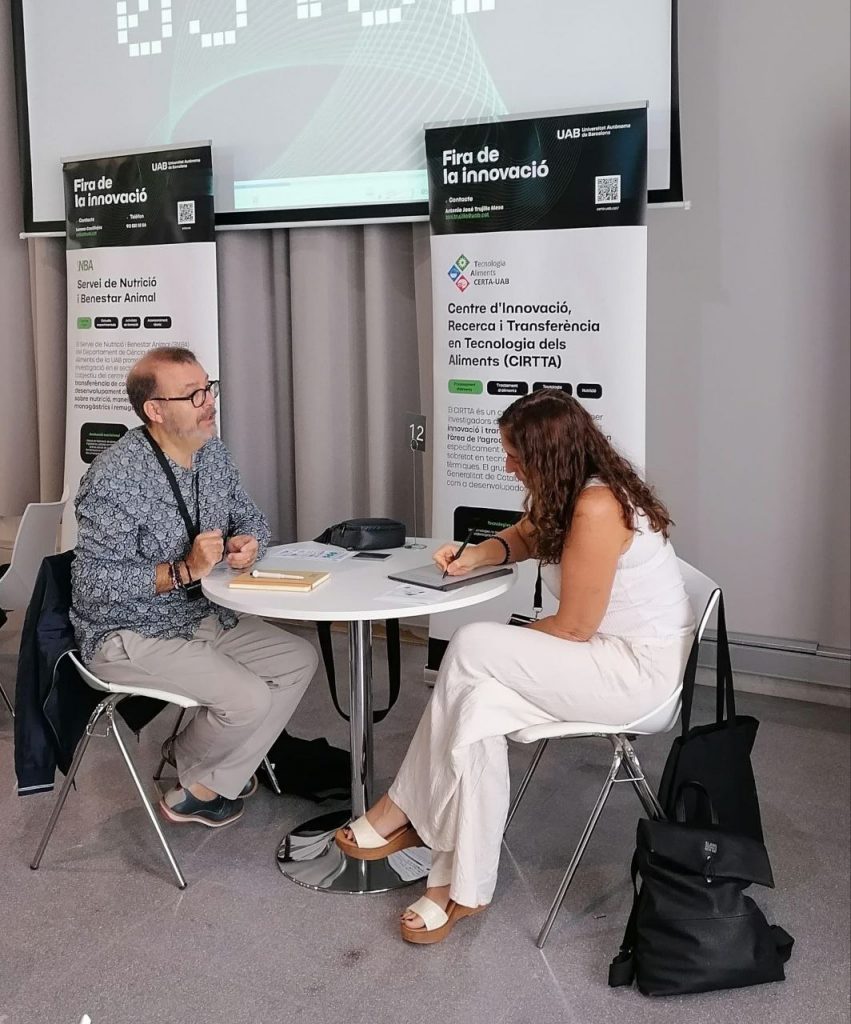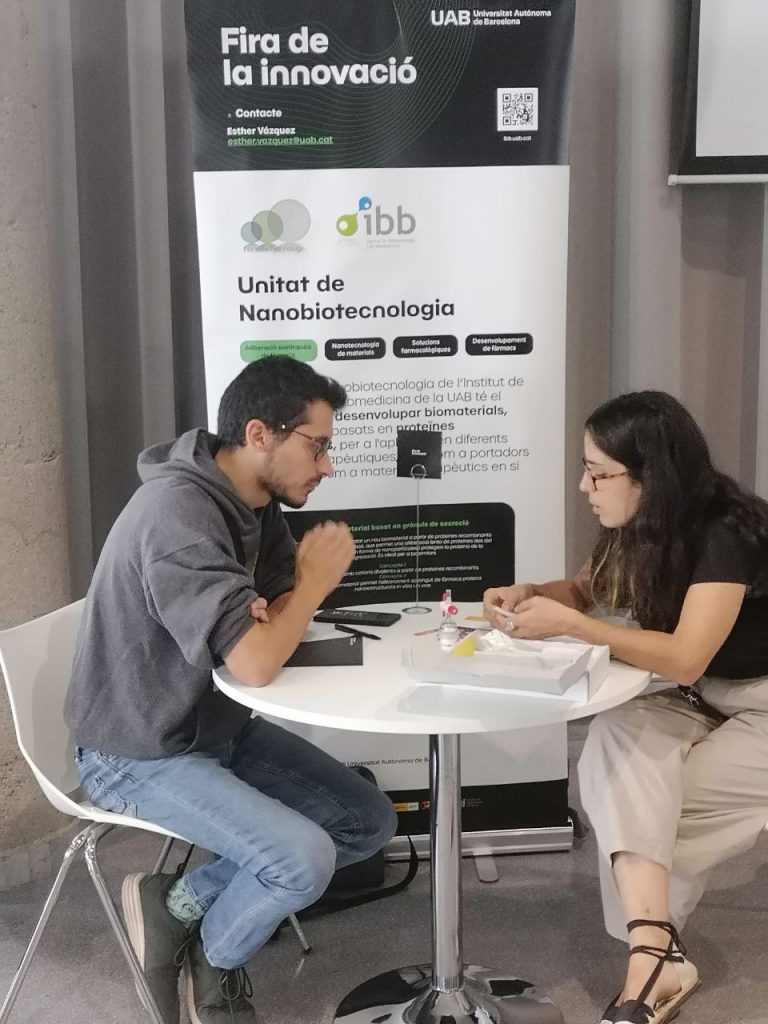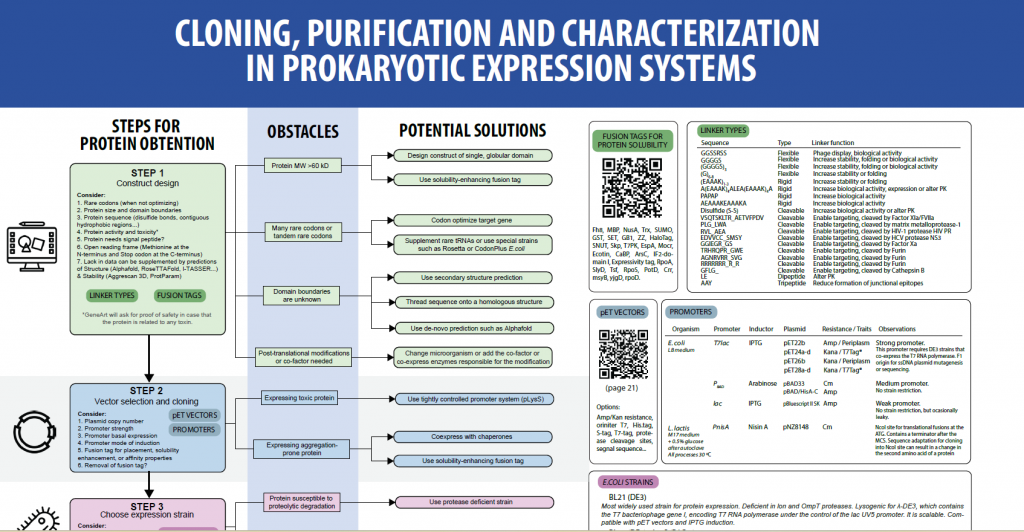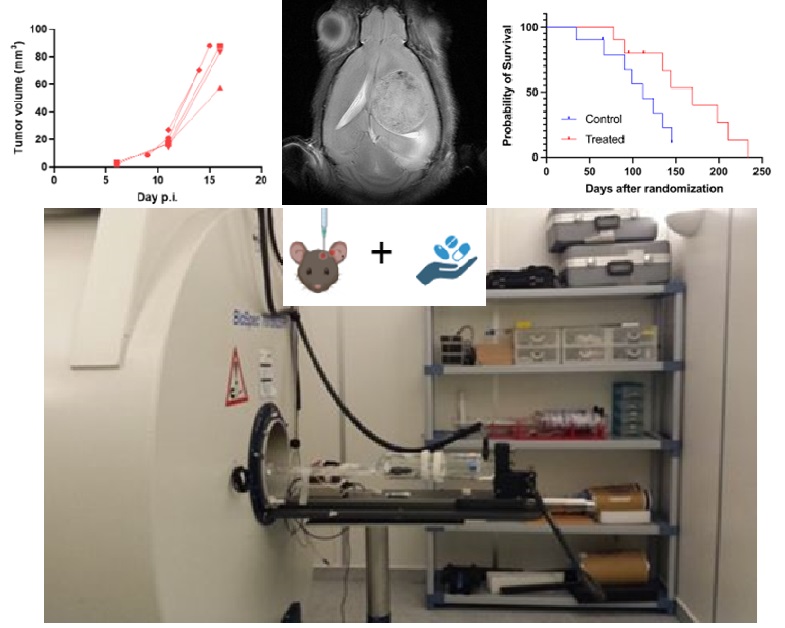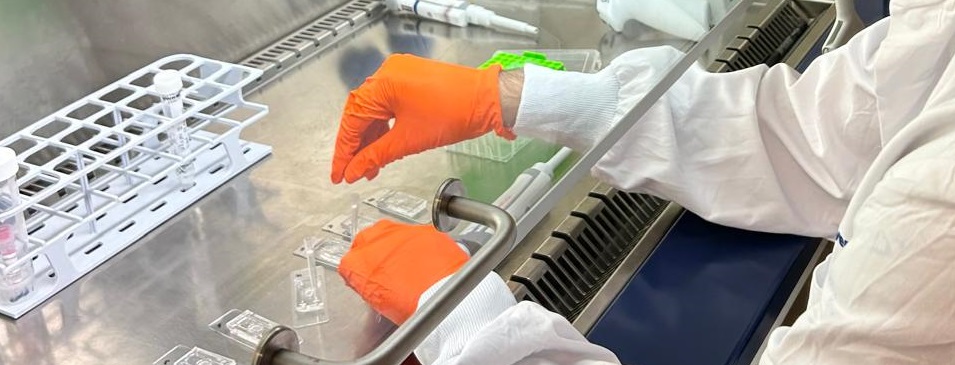The Protein Production Platform (PPP) at the UAB Innovation Fair
The PPP advances antimicrobial peptide research, forging partnerships to combat antibiotic resistance and prevent medical device-related infections.
Barcelona, october 2024. During Antibiotic Awareness Week, we spotlight the Protein Production Platform (PPP) at NANBIOSIS Unit 1 for its pivotal role in combating antimicrobial resistance.
At the recent UAB Innovation Fair, the PPP showcased its cutting-edge technologies and established collaborations with experts in bacterial biofilms and nanomaterials. Together, they aim to develop innovative antimicrobial peptides as alternatives to traditional antibiotics, targeting nosocomial infections linked to medical devices. These efforts underscore the critical importance of advancing research and partnerships to address one of the greatest global health challenges: antibiotic resistance.
Protein Production Platform at the UAB Innovation Fair
Las month, our Unit 1, also known as Protein Production Platform (PPP), participated in the second edition of the UAB Innovation Fair, held at the Autonomous University of Barcelona (UAB). The event served as a vibrant meeting point for research groups, spin-offs, and companies, all focused to explore potential synergies and collaborative opportunities.
The fair provided an excellent platform for the PPP to showcase its capabilities and services. During the event, our Unit established valuable contacts with several diagnostic companies and protein research groups. These interactions not only highlighted the potential benefits these entities could gain from our services, but also opened the door to collaborations that could further enhance the platform’s offerings.
In addition to these interactions, the PPP, as part of the Nanobiotechnology (NBT) research group, connected with specialists in bacterial biofilms and nanomaterials. These experts expressed interest in collaborating on our research focused on antimicrobial peptides aimed at developing alternatives to traditional antibiotics, with the goal of preventing nosocomial infections associated with medical devices.
The PPP’s active participation in the UAB Innovation Fair not only highlights its commitment to advancing scientific research but also demonstrates its dedication to creating impactful partnerships. By engaging with a diverse array of stakeholders, the PPP is well-positioned to drive forward innovative solutions and contribute to the broader scientific community.
The fair was a resounding success, providing a dynamic environment for knowledge exchange and collaboration. The PPP looks forward to building on the connections made during the event and continuing to play a crucial role in the advancement of protein production technologies, nanobiotechnology research, as well as the ongoing battle against antimicrobial resistance.
The Protein Production Platform (PPP), also known as NANBIOSIS Unit 1, specializes in the production, purification, and characterization of recombinant proteins and biomaterials. It leverages state-of-the-art technologies to support biomedical and nanotechnology research, focusing on applications such as cancer treatment, antimicrobial resistance, and advanced protein delivery systems. Operated by the Nanobiotechnology Group at the Autonomous University of Barcelona, it serves academic and industrial clients with customized solutions for protein engineering and synthesis.
What is NANBIOSIS?
The goal of NANBIOSIS is to provide comprehensive and integrated advanced solutions for companies and research institutions in biomedical applications. All of this is done through a single-entry point, involving the design and production of biomaterials, nanomaterials, and their nanoconjugates. This includes their characterization from physical-chemical, functional, toxicological, and biological perspectives (preclinical validation).
In order to access our Cutting-Edge Biomedical Solutions with priority access, enter our Competitive Call here.
NANBIOSIS has worked with pharmaceutical companies of all sizes in the areas of drug delivery, biomaterials and regenerative medicine. Here are a few of them:











